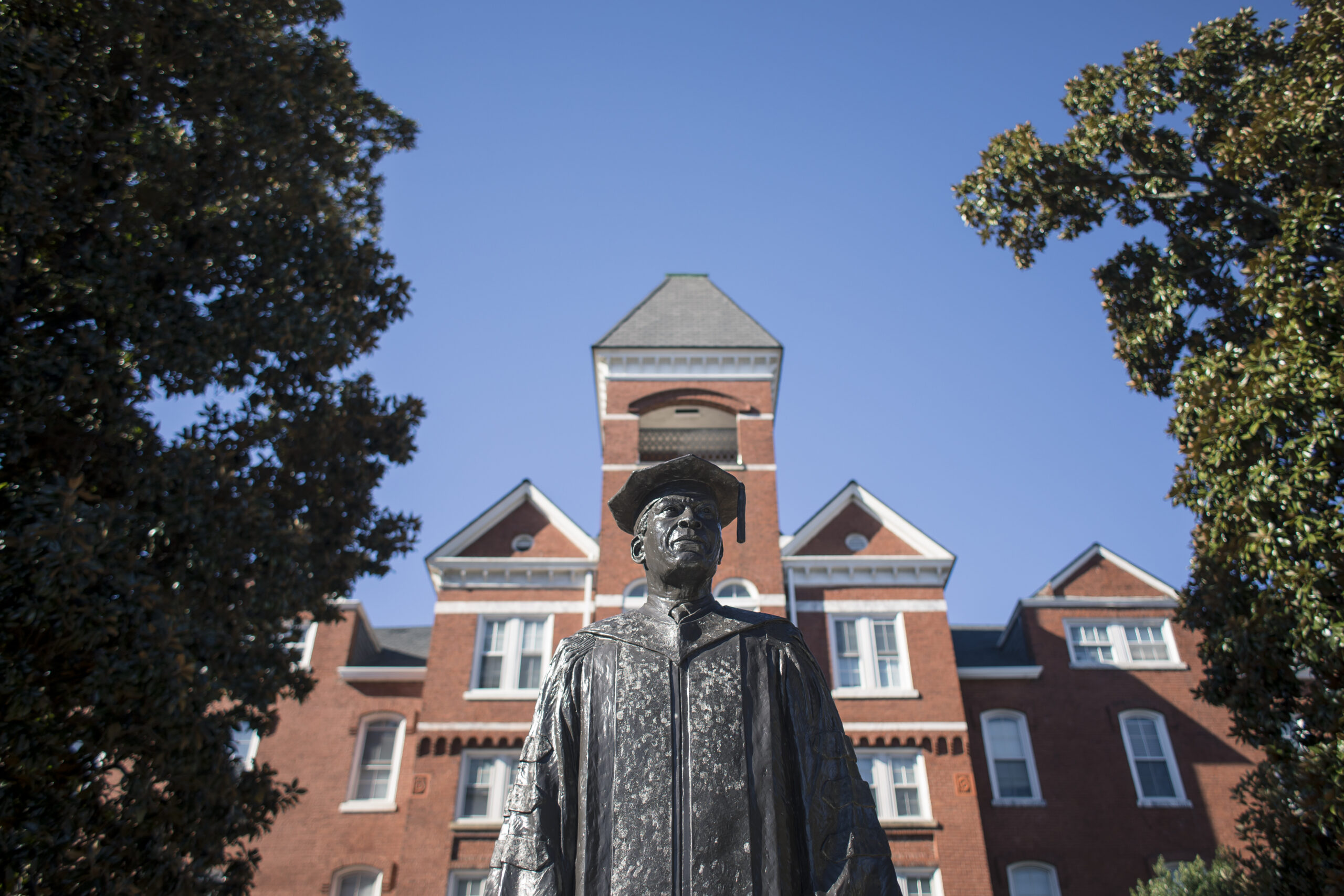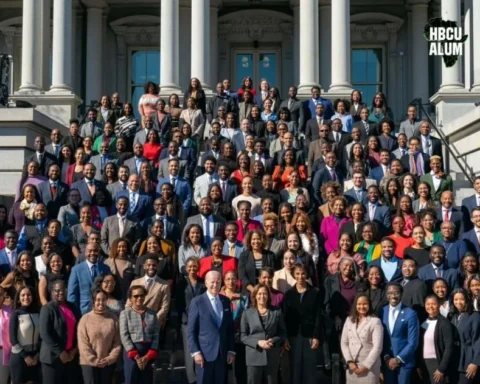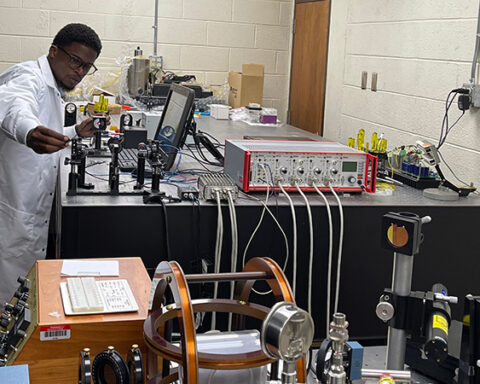By Morehouse College
Morehouse College will share in a $7.7 million grant from the National Park Service, which recently allocated funds for projects at 18 HBCUs.
The $500,000 award—one of the top NPS grants in this cycle—will be used to repair and restore the exterior of Morehouse’s oldest building, Samuel T. Graves Hall. The student residential house, built in 1889, originally was the location of the College’s first classes and administrative offices.
“Morehouse College would like to thank the National Park Service for supporting the renovation of Graves Hall,” said David A. Thomas, President of Morehouse College. “The grant will help the College to preserve the history and architecture of the 131-year-old building that is the heartbeat of Morehouse’s Century Campus.”
The NPS grant will also preserve historic structures on the campuses of HBCUs in 11 other states. The other grant recipients are: Benedict College, Bennett College, Bluefield State College – Applied Research Foundation of West Virginia, Central State University, Claflin University, Grambling State University, Jackson State University, Langston University, Livingstone College, Miles College, Morgan State University, North Carolina Agricultural and Technical State University, which received two grants, South Carolina State University, Southern University and A&M College, Texas College, and Virginia University of Lynchburg.
Since the 1990s, the National Park Service has awarded more than $60 million in grants to more than 80 HBCUs. Other projects funded by the new grant cycle include renovations at the University Memorial Chapel at Morgan State in Baltimore and the Andrew Carnegie Library at Livingstone in Salisbury, NC.
“These grants help us to honor the legacy of HBCUs in serving our nation’s higher education needs,” said National Park Service Deputy Director David Vela. “Funding awarded this year will help preserve 18 historic properties on HBCU campuses in 12 states, many of which are listed in the National Register.”
Eligible costs include pre-preservation studies, architectural plans and specifications, historic structure reports, and the repair and rehabilitation of historic properties, according to the Secretary of the Interior’s Standards for Archeology and Historic Preservation.
Congress appropriates funding for the program through the Historic Preservation Fund (HPF). The HPF uses revenue from federal oil leases on the Outer Continental Shelf, providing assistance for a broad range of preservation projects without expending tax dollars.





